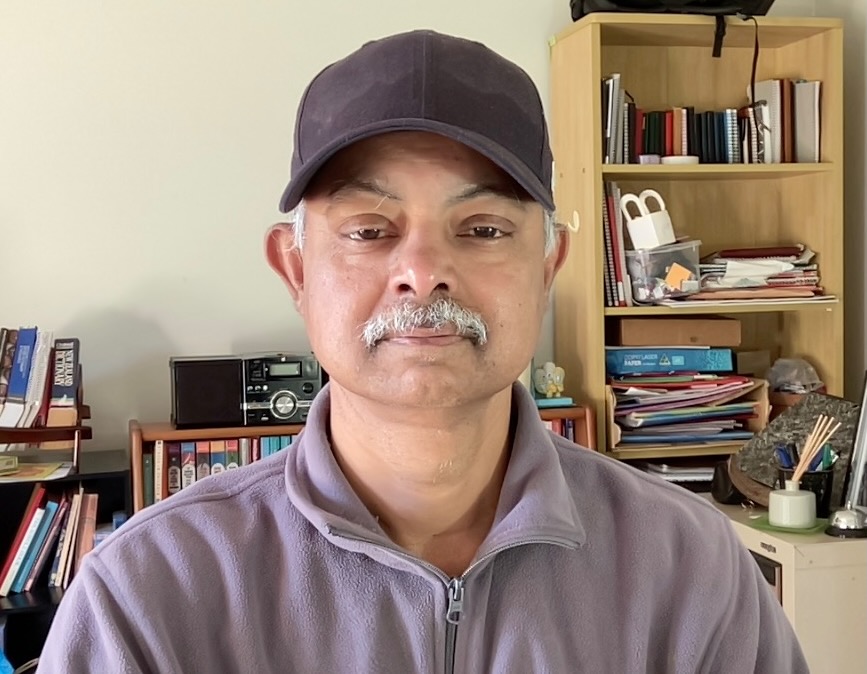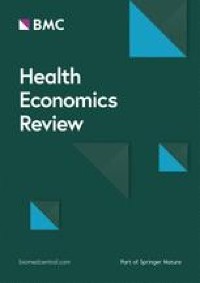Background Improvements in the financing of healthcare services are important for developing countries like India to make progress towards universal health coverage. Inpatient-care contributes to a big share of total health expenditure in India. India has a mixed health-system with a sizeable presence of private hospitals. Existing studies show that out-of-pocket expenditure (OOPE) incurred per hospitalisation in private hospitals was greater than public facilities. But, such comparisons have not taken into account the healthcare spending by government. Methods For a valid comparison between public and for-profit private providers, this study in Indian state of Chhattisgarh assessed the combined spending by government and households per episode of hospitalisation. The supply-side and demand-side spending from public and private sources was taken into account. The study used two datasets: a) household survey for data on hospital utilisation, OOPE, cash incentives received by patients and claims raised under publicly funded health insurance (PFHI) schemes (n = 903 hospitalisation episodes) b) survey of public facilities to find supply-side government spending per hospitalisation (n = 64 facilities). Results Taking into account all relevant demand and supply side expenditures, the average total spending per day of hospitalisation was INR 2833 for public hospitals and INR 6788 for private hospitals. Adjusted model for logarithmic transformation of OOPE while controlling for variables including case-mix showed that a hospitalisation in private hospitals was significantly more expensive than public hospitals (coefficient = 2.9, p < 0.001). Hospitalisations in private hospitals were more likely to result in a PFHI claim (adjusted-odds-ratio = 1.45, p = 0.02) and involve a greater amount than public hospitals (coefficient = 0.27, p < 0.001). Propensity-score matching models confirmed the above results. Overall, supply-side public spending contributed to 16% of total spending, demand-side spending through PFHI to 16%, cash incentives to 1% and OOPE to 67%. OOPE constituted 31% of total spending per episode in public and 86% in private hospitals. Conclusions Government and households put together spent substantially more per hospitalisation in private hospitals than public hospitals in Chhattisgarh. This has important implications for the allocative efficiency and the desired public-private provider-mix. Using public resources for purchasing inpatient care services from private providers may not be a suitable strategy for such contexts.


From the abstract it looks like the better solution will be to have public provision rather than spending public money on private providers. Though this is not something that is easy to do on a structural level.
Yes and the state they are writing about is the study of one state within the union of India. While it is not easy to provide entirely publicly funded healthcare, it is possible to strengthen primary care provision. This is a good warning article in some sense.